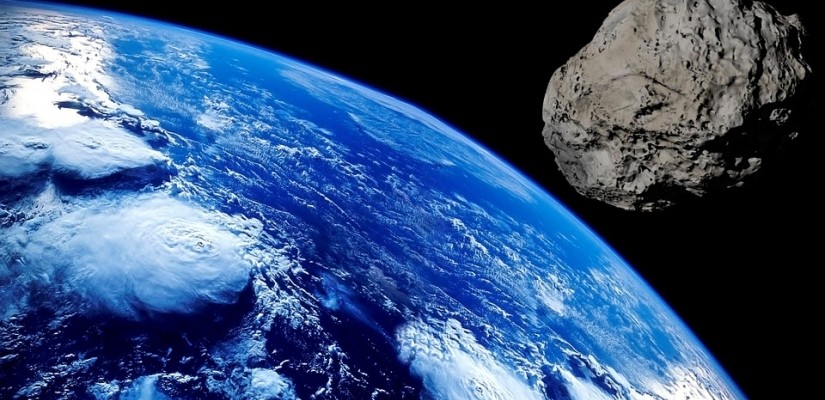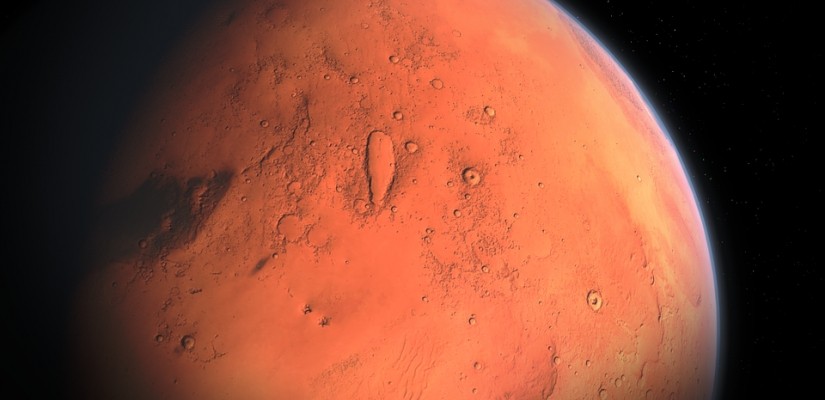
The harvesting of natural resources from space objects is the goal of numerous companies such as Planetary Resources or Deep Space Industries in the United States, Asteroid Mining Corporation in Scotland, or iSpace in Japan. While some companies such as iSpace are focusing on resources inside the Moon, others are developing strategies to identify and extract resources from asteroids and extinct comets. Given that calculations evaluate space mining as a highly lucrative business with potential profits amounting to trillions in U.S.-dollars, it is unsurprising that investment into space mining rose from 534 million USD in 2014 to 3.1 billion USD in 2018.
Research institutions such as the Center for Near-Earth Object Studies (CNEOS) — which cooperates with the National Aeronautics and Space Administration (NASA) — detects, traces, and assesses risks of objects moving close to the Earth. Such calculations are relevant for future ventures into space mining, which will focus on metals such as platinum, gold, iron, rhodium, zinc, cobalt, and nickel, as well as water and carbon found in asteroids and extinct comets. Celestial ice would be particularly useful for generating rocket fuel by splitting it into hydrogen and oxygen. This may facilitate long space travel to destinations such as Mars. The usage of extinct comets as gas stations may bring engineers and scientists one step closer to the goal of colonizing Mars. While rocket fuel extraction may be a relatively feasible project for the near future, it is expected that harvesting metals from space may require several more decades to realize.

Spotting the potential profitability of space mining, the United States passed the Commercial Space Launch Competitiveness Act in 2015 to grant U.S. citizens the right to harvest natural resources from celestial bodies. Similarly, Luxembourg established a space mining law and provided investment opportunities in August 2017. In January 2019, Russia started negotiating a bilateral cooperation arrangement with Luxembourg.
The fact that there is no clearly defined international treaty on space mining poses a major risk. Although the Agreement Governing the Activities of States on the Moon and Other Celestial Bodies of 1984 may provide some detail on the issue by asserting that no state, organization, or natural person can lay claim to any object in space, the fact that only 18 countries have committed to this multilateral treaty leaves the majority of states unbound by this regulation. An inconsistent legal landscape in regard to resource extraction of celestial bodies could lead to legal clashes between different countries and potential disadvantages for companies or organizations from certain countries. Mining in space could turn into a fierce competition among various private businesses and states. Therefore, licensing regulations will also have to be clearly defined. Licenses will help to clarify both ownership of yields and the relationships among miners, investors, and governments in order to avoid conflict in the future.
A potential overhaul of the mining industry if not the global economy is the second risk of mining in outer space. While resources of essential metals on Earth are also slowly declining, they will likely not deplete in the near future. Importing metals from space would therefore not substitute depleted terrestrial reserves but could rather cause an oversaturation of certain resources on the market. This development would lead to a price drop of metals that are sourced from space. Additionally, a reduction in price of rare metals such as rhodium, platinum, or gold may change the value of existing reserves on Earth. Metals that are expensive now may then be used more lavishly, and this development could boost future progress in technology and engineering. Despite this positive outlook, a transformation of the global economy through space mining may imperil profits and jobs in the existing mining industry.
The third risk involves a cost-benefit analysis of space mining missions. Machines and artificial intelligence systems may be more cost-effective in extracting natural resources from celestial bodies, but a human crew could use its problem-solving skills and abilities to adapt to various situations more efficiently in order to manage emerging problems during the mining process. The issues with this solution would be higher financial costs and the mortal risks to humans working in space. The financial costs of such projects could be lowered by improving space technology. In April 2019, the private company SpaceX landed all three boosters of the Falcon Heavy rocket on the surface of the Earth and set a milestone in spacecraft structure reusability. Such reusability lowers the cost of spaceflight. Nevertheless, risks regarding the safety of human miners operating in space would remain until AI systems are sufficiently developed to complete the task independently.
